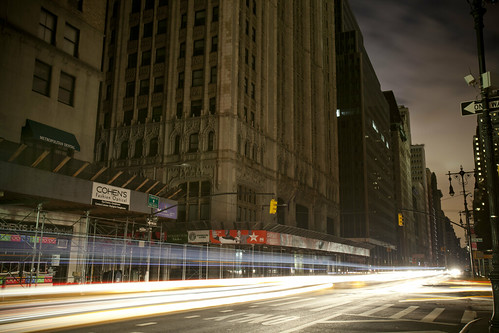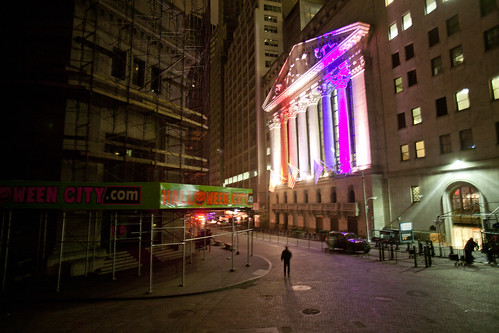A few months ago, I was asked by PBS/POV to partake in a
hackathon. Filmmakers were paired with developers and online specialists.
I was pulled in to assist the very talented
Joe Posner with animated op-ed videos. Our developer partner was
Susan McGregor. We ended up conceptualizing a completely different project that we named "
Data Docs."
We're still working on putting the piece together and making it functional, but here's the concept:
We want to create animations that explain data and explain both its value as a way to understand the world and its perils to skew reality. These animations would incorporate data that would be scraped live from continuously updated data bases and super-imposed onto pre-composed video animations. This would ensure that our videos would be evergreens and display the most up-to-date data.
We're hoping to get this done sometime before the end of this year. Fingers crossed!









